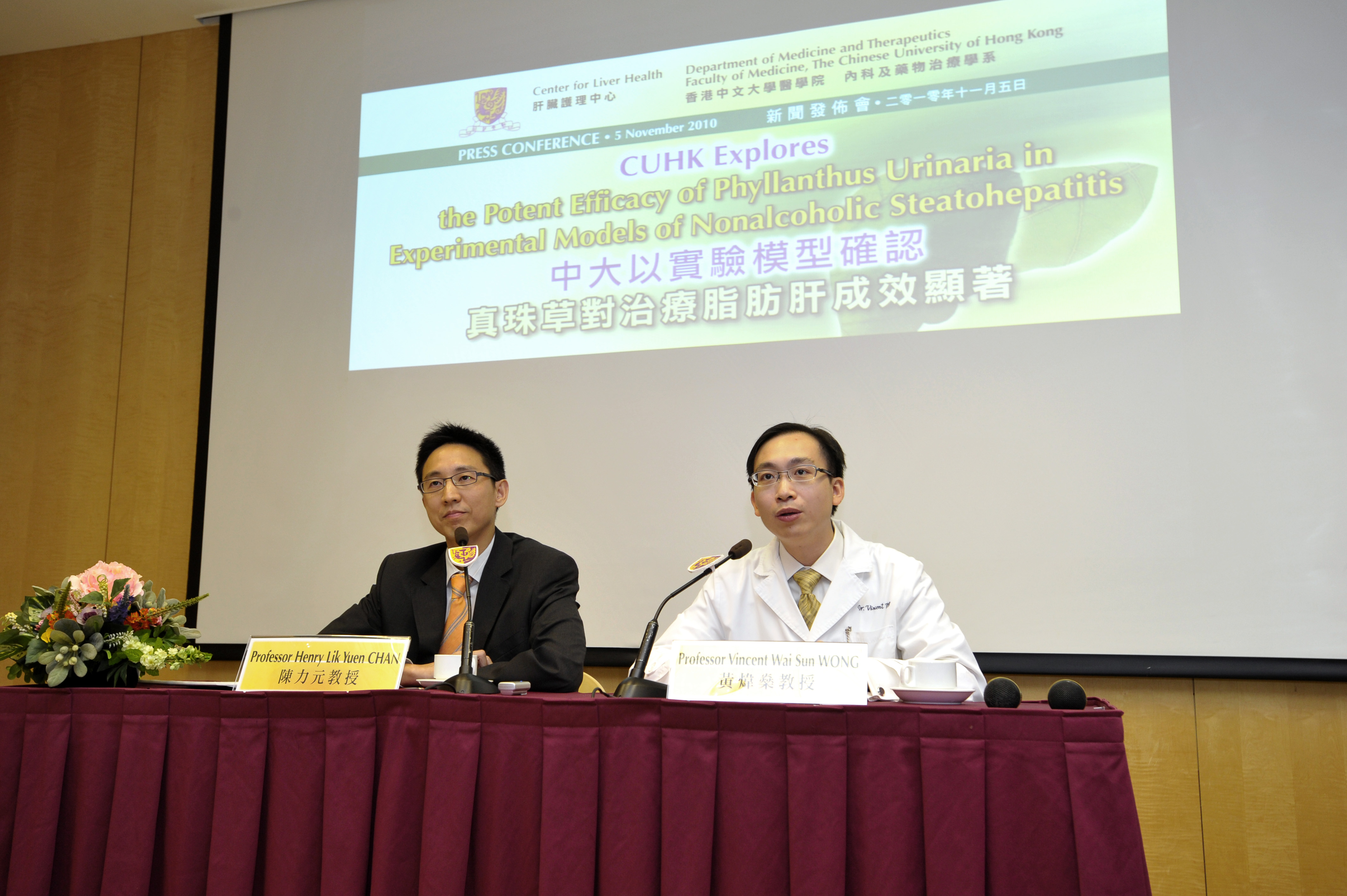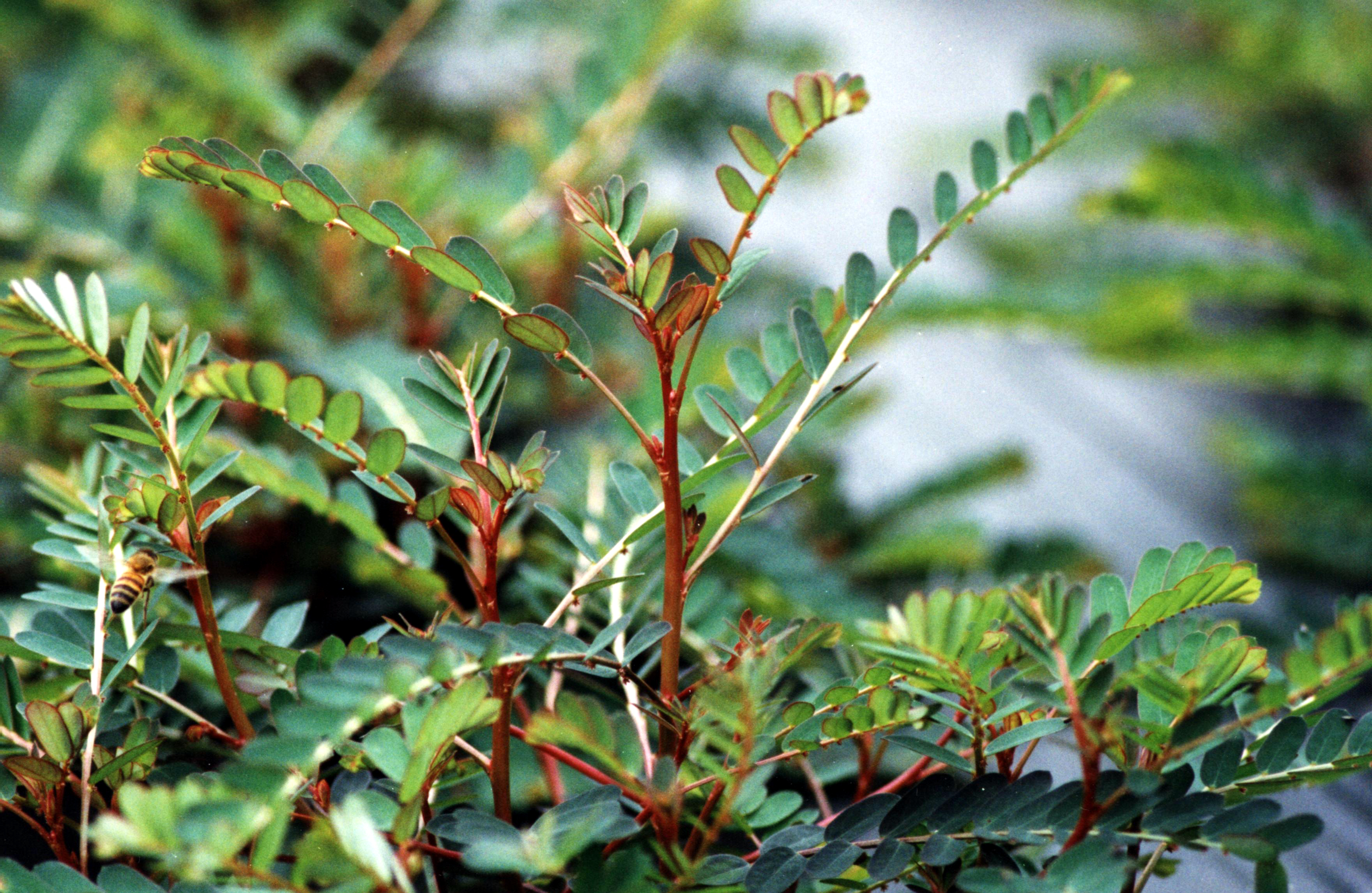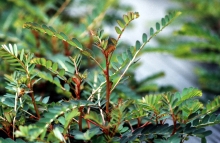CUHK
News Centre
CUHK Explores the Potent Efficacy of Phyllanthus Urinaria in Experimental Models of Nonalcoholic Steatohepatitis
Nonalcoholic fatty liver disease (NAFLD) is one of the most common chronic liver diseases worldwide. In Asia, 15% to 30% of the general population suffers from NAFLD. In affluent countries, NAFLD has already become the 5th leading cause of liver failure and liver cancer. Patients who have inflammation, i.e. non-alcoholic steatohepatitis (NASH), have the highest risk of developing liver cirrhosis and liver-related death. Previous studies by The Center for Liver Health at The Chinese University of Hong Kong (CUHK) showed that around 50% NAFLD patients had worsening of liver inflammation in 3 years. NAFLD is largely asymptomatic, and patients may have silent liver inflammation and injury.
Phyllanthus urinariais a traditional medicinal plant that contains tannins and flavonoids, both being active antioxidants. It is commonly used among patients with different liver diseases for health protection.
To investigate the efficacy of Phyllanthus in NASH, CUHK researchers at the Center for Liver Health, Faculty of Medicine, conducted a series of experiments in 2008. First, different doses of Phyllanthus were applied to two cell line models of NASH. Phyllanthus effectively reduced fat accumulation and oxidative stress in liver cells. Subsequently, the drug was used to treat mice with NASH induced by two different methods. Phyllanthus was found to have potent effect in reducing liver fat, inflammation and fibrosis. Further analysis confirmed that the benefit was mediated through the control of molecules involved in inflammation and oxidative stress.
At present, there is no registered drug treatment for NASH. With the encouraging laboratory results and the excellent safety profile of Phyllanthus, Department of Medicine & Therapeutics, CUHK is currently conducting a clinical trial to test the efficacy of Phyllanthus in 60 patients with NASH. NASH patients are randomized to receive Phyllanthus or identically-looking placebo tablets for 6 months. The effects of liver fat, oxidative stress, inflammation and fibrosis will be assessed by blood tests, liver biopsies and magnetic resonance imaging (MRI).
In summary, CUHK has identified a traditional medicinal plant with potent efficacy in experimental models of NASH. Upon completion of the clinical trial, the Faculty of Medicine may be able to introduce a useful treatment to patients with NASH.
(from left) Prof. Henry Lik Yuen CHAN, Director, Centre for Liver Health and Professor, Department of Medicine & Therapeutics; Prof. Vincent Wai Sun WONG, Associate Professor, Department of Medicine & Therapeutics, CUHK





